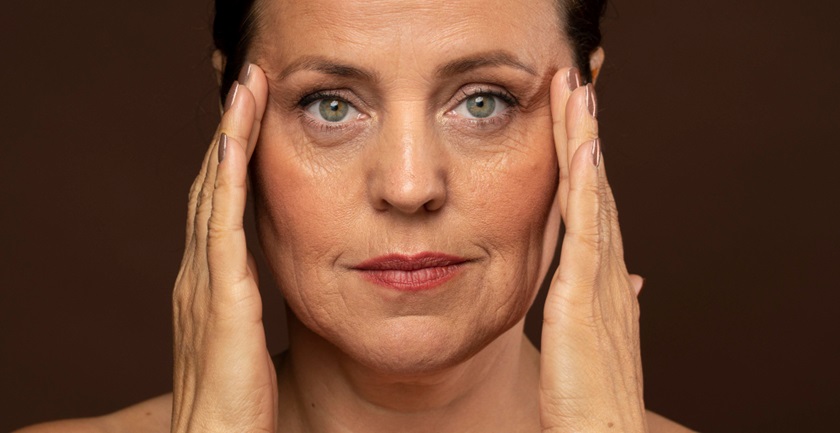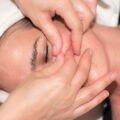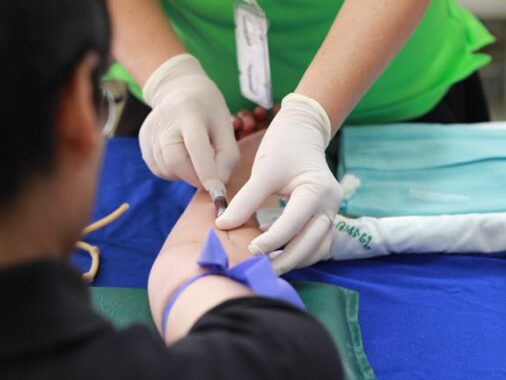Age spots, also known as liver spots or sunspots, are a common concern for many individuals as they age. These small, dark areas of pigmentation can develop on the face and other areas of the skin, often as a result of prolonged sun exposure and the natural aging process. Fortunately, there are several effective methods for removing age spots from your face. In this comprehensive article, we will explore the causes of age spots, prevention strategies, and various treatment options to help you say goodbye to these unwanted blemishes.
I. Understanding Age Spots: What Causes Them?
Age spots, despite their name, are not exclusively associated with aging. They can appear at any stage of life and are primarily a result of prolonged sun exposure. Here’s what causes these pigmented spots:
1. UV Radiation: Exposure to ultraviolet (UV) radiation from the sun is a primary factor. Over time, UV rays can trigger the overproduction of melanin, the pigment responsible for skin color. This leads to the development of age spots.
2. Aging: While age spots can occur in younger individuals, they are more common as people grow older. The skin’s ability to repair UV damage diminishes with age, making it more susceptible to the formation of age spots.
3. Genetics: Genetic predisposition can play a role in the development of age spots. If your family members have a history of age spots, you may be more prone to them.
4. Hormonal Changes: Hormonal fluctuations, as experienced during pregnancy or due to certain medical conditions, can trigger the appearance of age spots. These are sometimes referred to as melasma.
II. Preventing Age Spots: Sun Protection is Key
Prevention is the first line of defense against age spots. Protecting your skin from excessive sun exposure is crucial in avoiding their formation. Here are some essential tips:
1. Sunscreen: Use a broad-spectrum sunscreen with an SPF of 30 or higher. Apply it daily, even on cloudy days, and reapply every two hours when outdoors.
2. Protective Clothing: Wear protective clothing, such as wide-brimmed hats, long sleeves, and sunglasses, when exposed to the sun.
3. Seek Shade: Limit your time in direct sunlight, especially during peak hours from 10 a.m. to 4 p.m.
4. Sun Avoidance: Avoid tanning beds and sunbathing. These practices increase your UV exposure and the risk of age spots.
5. Antioxidants: Incorporate antioxidants like vitamin C into your skincare routine. These can help protect the skin from UV damage.
III. Removing Age Spots: Treatment Options
If age spots have already developed, various treatment options can help remove or reduce their appearance. The choice of treatment depends on the severity of the spots and personal preferences. Here are some effective methods:
1. Topical Treatments:
Skin Lightening Creams: Over-the-counter or prescription creams containing ingredients like hydroquinone, retinoids, or alpha hydroxy acids can gradually fade age spots over several weeks or months.
2. Chemical Peels:
Chemical peels involve the application of a chemical solution to the skin, which removes the top layer of damaged skin. This can help improve skin texture and reduce age spots.
3. Cryotherapy:
In cryotherapy, a dermatologist uses liquid nitrogen to freeze the aged spots, causing them to peel off. This treatment is quick and effective.
4. Laser Therapy:
Laser therapy uses focused laser energy to break down the pigmented cells in age spots. This treatment can be highly effective and is often preferred for facial age spots.
5. Microdermabrasion:
Microdermabrasion is a non-invasive procedure that exfoliates the top layer of skin, helping to reduce age spots and improve skin texture.
6. IPL (Intense Pulsed Light) Therapy:
IPL therapy targets age spots with intense pulses of light. It breaks down the pigmentation, allowing the body to naturally eliminate the damaged cells.
7. Dermabrasion:
Dermabrasion involves the removal of the top layer of skin with a rotating brush or diamond-tipped instrument. It can be effective in reducing the appearance of age spots.
IV. Considerations and Consultation:
Before pursuing any age spot removal treatment, it’s essential to consult with a dermatologist or a qualified medical professional. During a consultation, they will assess your skin, discuss your specific concerns and goals, and recommend the most suitable treatment plan. They can also provide information on the potential risks and expected outcomes of each treatment option.
V. Post-Treatment Care:
Depending on the chosen treatment method, post-treatment care may be necessary to optimize results and minimize potential side effects. For instance, after laser therapy, it’s crucial to protect your skin from the sun and follow any skincare recommendations provided by your healthcare provider.
VI. Say Goodbye to Age Spots
Age spots are a common concern for many individuals, but with the right prevention strategies and treatment options, you can say goodbye to these unwanted blemishes. By protecting your skin from UV radiation and seeking professional guidance when needed, you can maintain a clear and youthful complexion. Remember, age spots can be effectively treated, allowing you to enjoy healthier, more radiant skin. Read this blog if you want to learn about removing age spots on hands.
FAQs:
How Can I Get Rid of Age Spots?
You can get rid of age spots through various methods such as laser therapy, chemical peels, or topical creams containing ingredients like hydroquinone or retinoids. Consult a dermatologist to determine the most suitable treatment for your specific age spots.
How to Remove Age Spots on Face?
To remove age spots on your face, consider these options:
Topical Treatments: Use over-the-counter or prescription creams containing ingredients like hydroquinone, retinoids, or glycolic acid to lighten the spots over time.
Laser Therapy: Consult a dermatologist for laser treatments like laser resurfacing or intense pulsed light (IPL), which can effectively target and remove age spots.
Chemical Peels: Dermatologists can perform chemical peels, which involve applying a chemical solution to the face to exfoliate the top layer of skin, including age spots.
Cryotherapy: This involves freezing the age spots with liquid nitrogen, causing them to peel off.
How to Get Rid of Old Age Spots?
To diminish the appearance of old age spots, consider using topical treatments like creams with ingredients such as hydroquinone or retinoids, or consult a dermatologist for laser therapy or chemical peels. Keep in mind that complete removal may not be possible, but these methods can help reduce their visibility.






